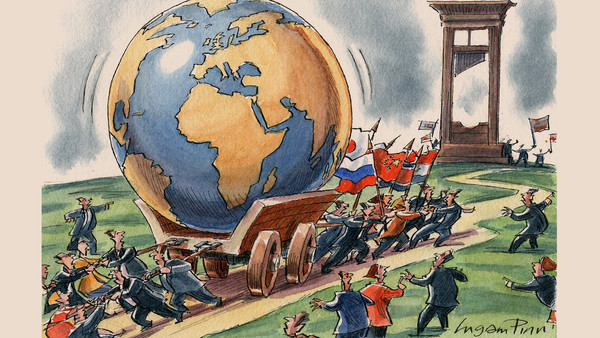Effects on Wildlife
The already vulnerable ecosystems are facing an increased threat from the combination of climate change and chemical pollution. As global temperatures rise, the migration patterns of many species shift. This can lead them to areas where they are exposed to different chemicals than before, potentially resulting in unforeseen and disastrous interactions.
For example, in regions where ice is melting rapidly due to global warming, previously trapped chemicals can be released into the environment. This can expose polar species, which have not evolved resistance or tolerance to such chemicals, to new threats. It’s a concerning cascade effect that could result in declining numbers or even extinction of some species.
Synergy Between Chemicals and Climate Change
The interplay between chemicals and climate change is not always straightforward. In some instances, the effects of global warming can amplify the hazards posed by chemicals. Rising sea levels, for instance, can lead to the inundation of areas that were previously used for industrial purposes or waste disposal. This could release stored chemicals into the ocean, increasing their spread and impact.
On the other hand, some chemicals might exacerbate the effects of climate change. For example, certain chemicals, when released into the atmosphere, can act as 'climate forcers', either trapping heat or reflecting it, thus altering weather patterns and potentially accelerating global warming.
Adaptation and Mitigation Strategies
Given the intertwined nature of the challenges posed by chemical pollution and climate change, solutions need to be integrated and multifaceted. CHEM Trust’s strategy includes:
Collaboration with Global Partners: Recognizing that climate change and chemical pollution are global issues, CHEM Trust collaborates with international partners to share knowledge, resources, and best practices.
Research and Monitoring: Continuous research is vital. By keeping a close eye on emerging threats and understanding the dynamic interplay between chemicals and a changing climate, strategies can be adjusted and refined.
Public Engagement: Informing and involving the public is crucial. When people are aware of the risks and understand the broader implications of their choices, they can push for change both at the individual and community levels.
A Call to Action
Addressing the twin challenges of chemical pollution and climate change requires coordinated efforts from governments, industry, civil society, and individuals. By understanding the intricate web of interactions and implications, we can create strategies that are robust, sustainable, and effective. Now, more than ever, there is a need to prioritize our planet's health, ensuring a safe and thriving environment for generations to come.
FAQs
How do chemicals contribute to global warming?
- The production and disposal of chemicals can release greenhouse gases. Furthermore, certain chemicals can directly or indirectly affect the Earth's temperature when released into the atmosphere.
Why is the melting of polar ice concerning in terms of chemical exposure?
- Melting ice can release previously trapped chemicals into the environment, exposing polar species to threats they haven't encountered before.
How can we reduce the impact of chemicals on the environment?
- Supporting regulations that limit or ban harmful chemicals, promoting green chemistry, and raising awareness are all effective strategies.
Do chemicals always have negative impacts on the environment?
- Not all chemicals are harmful; however, persistent and toxic ones can have long-term detrimental effects on ecosystems and human health.
How can individuals make a difference in combating chemical pollution?
- Individuals can stay informed, support eco-friendly products, participate in community clean-up initiatives, and advocate for stricter regulations on hazardous chemicals.








